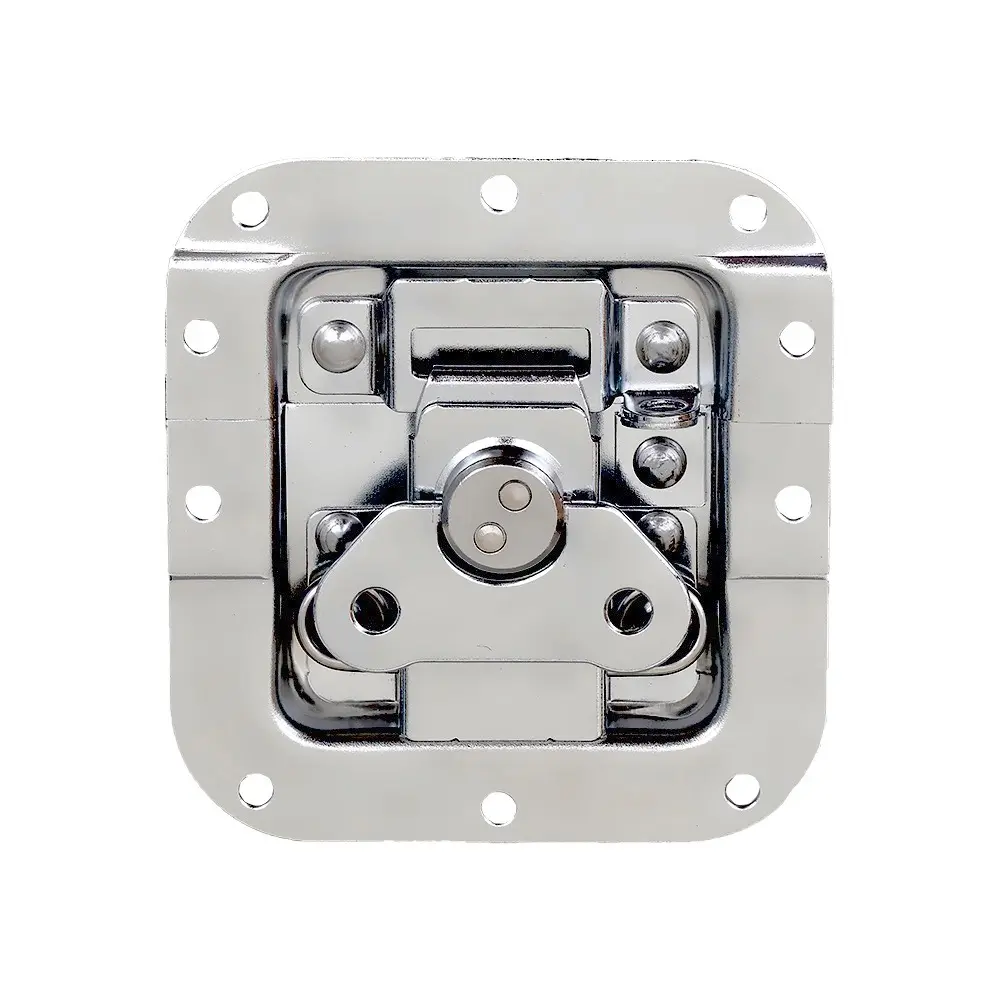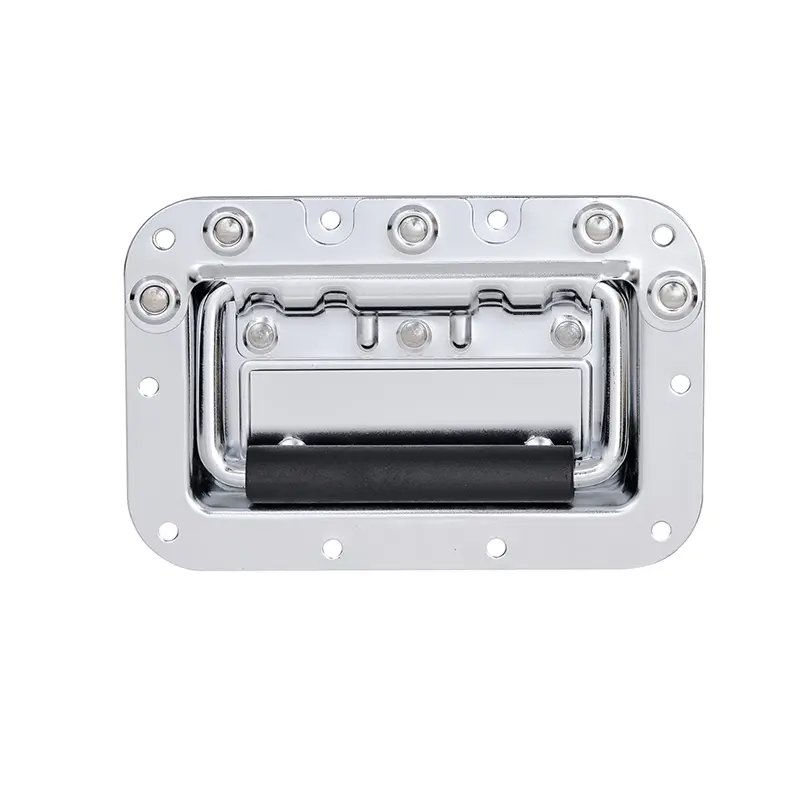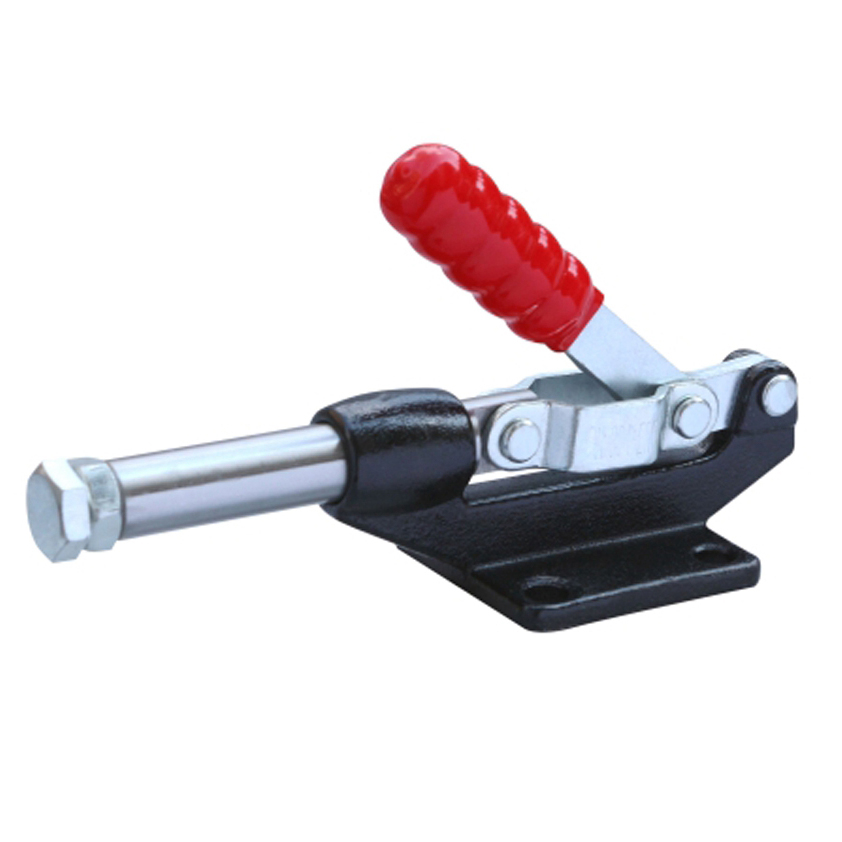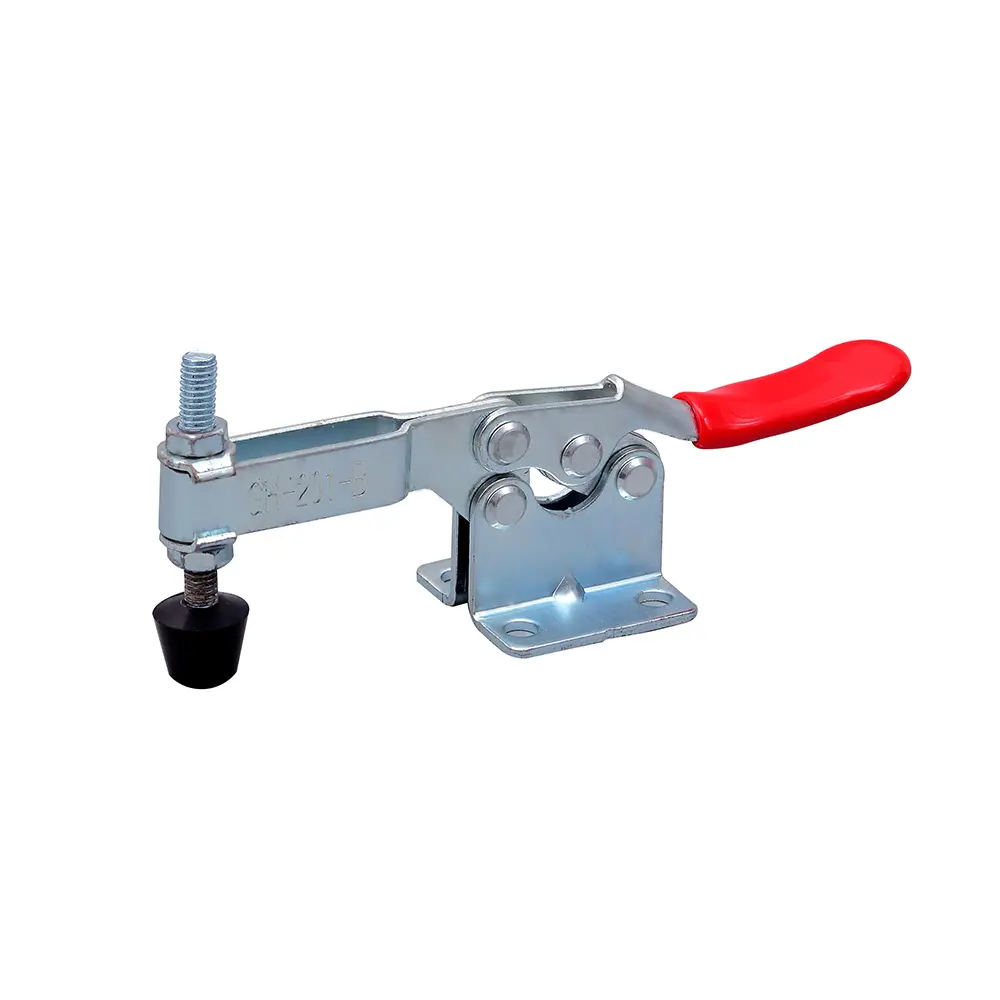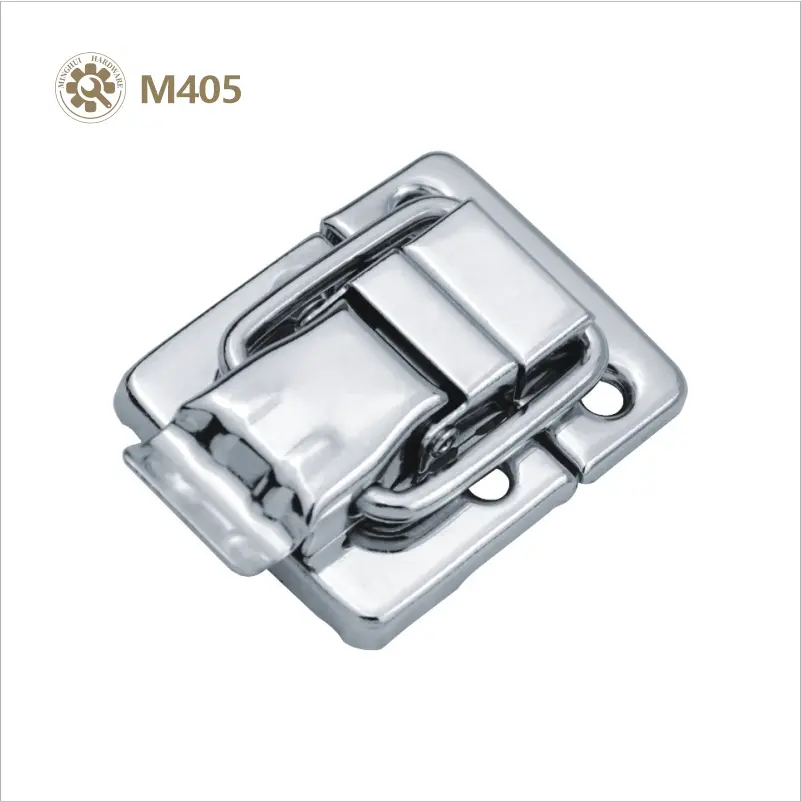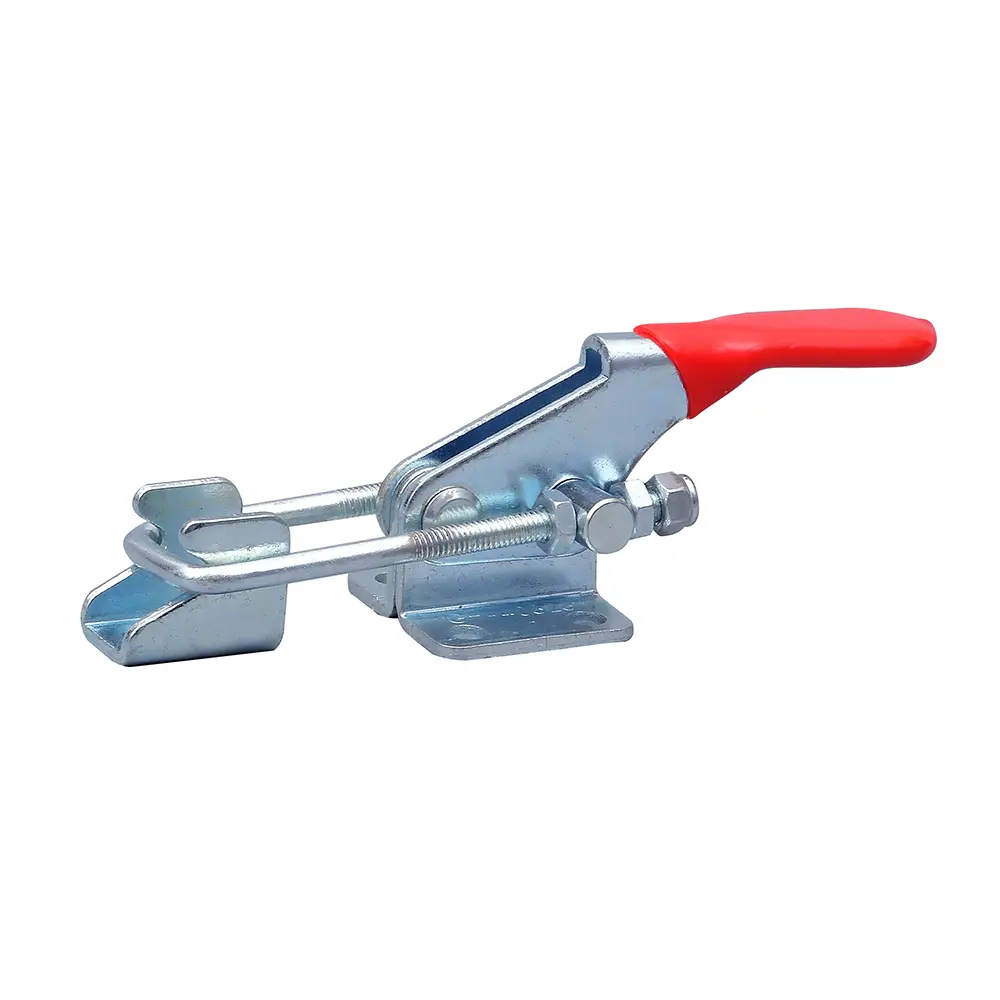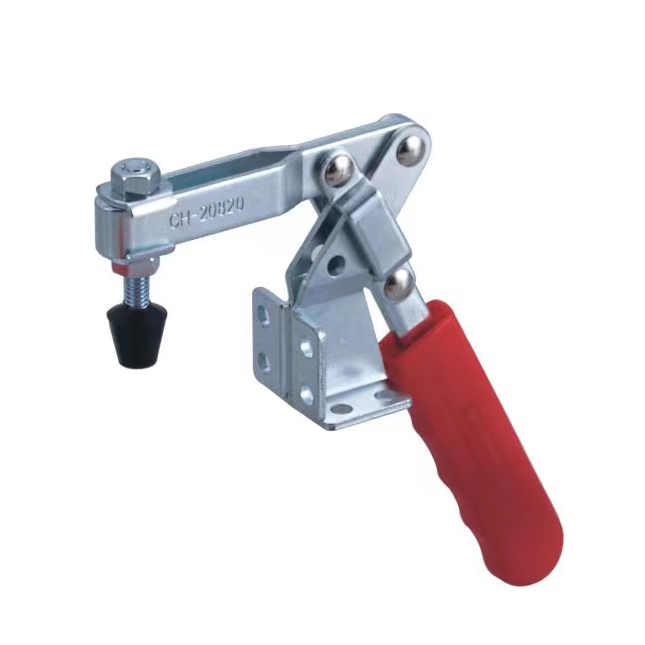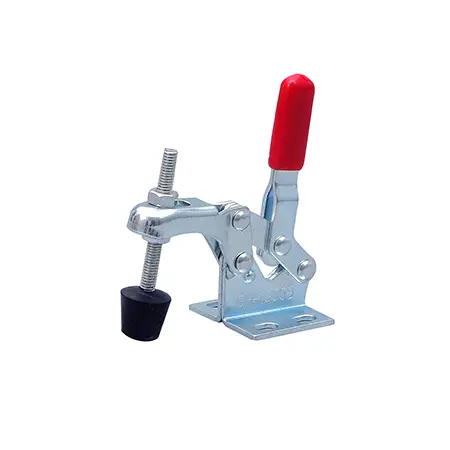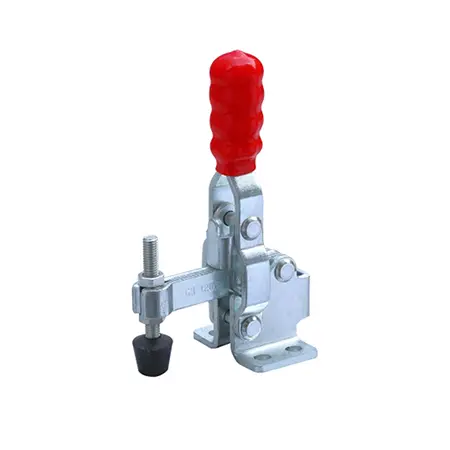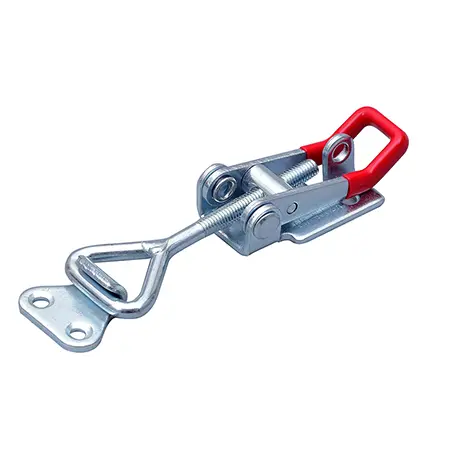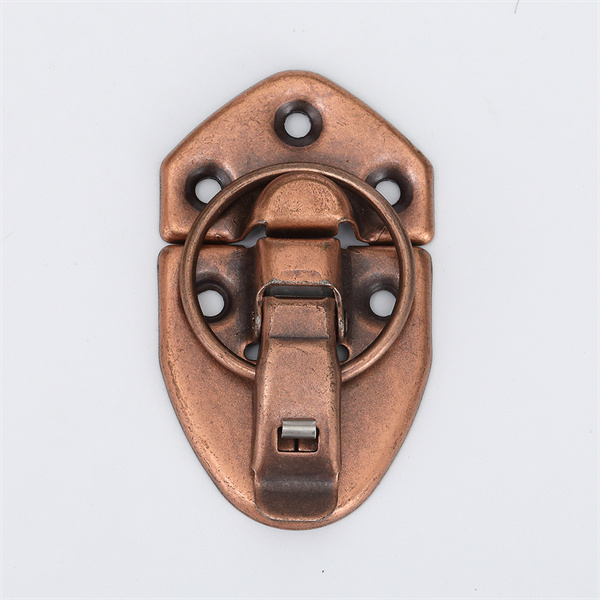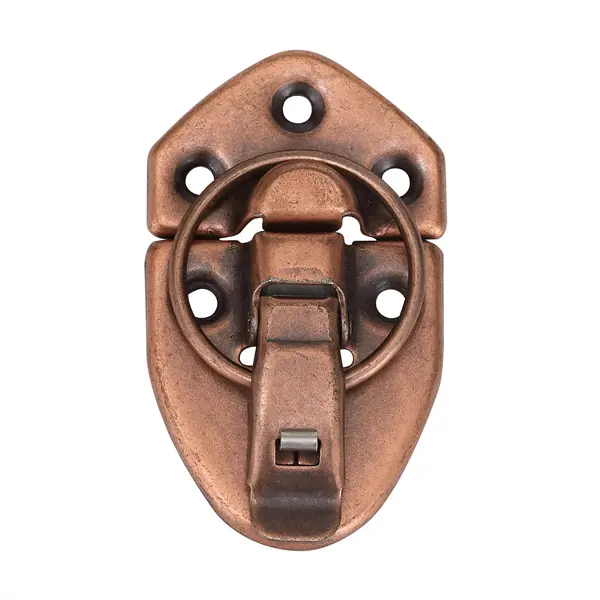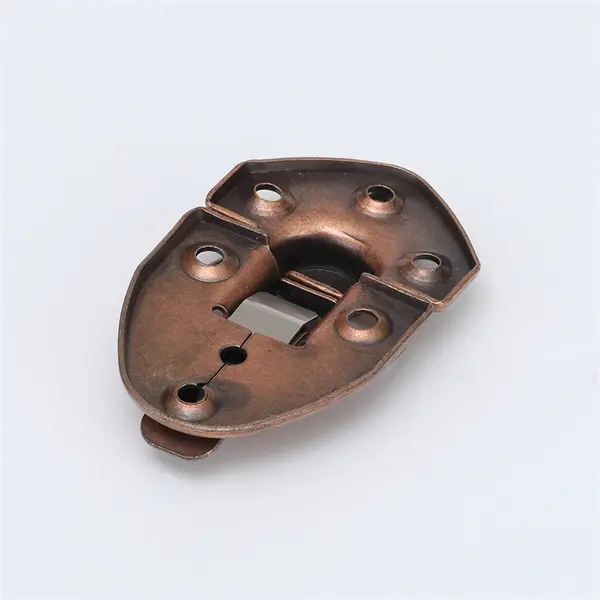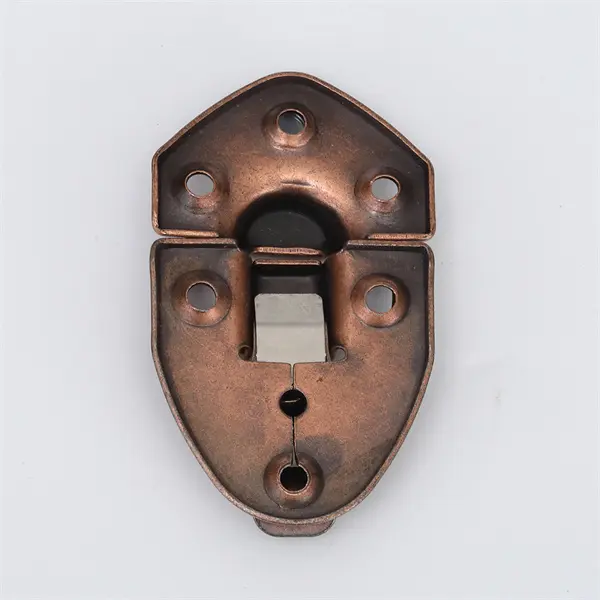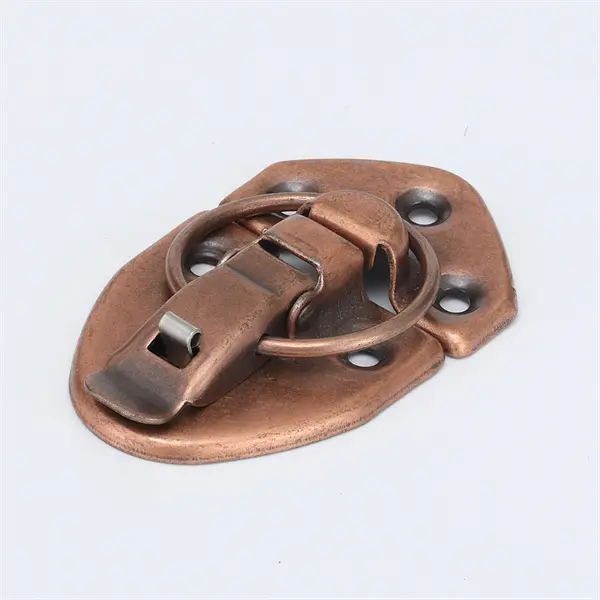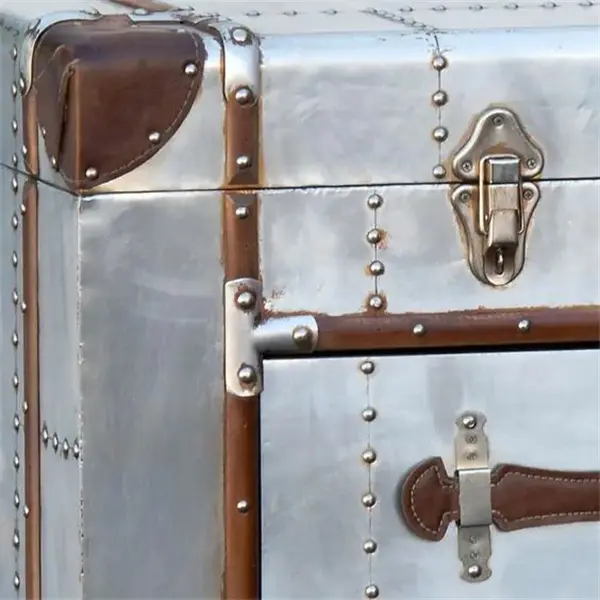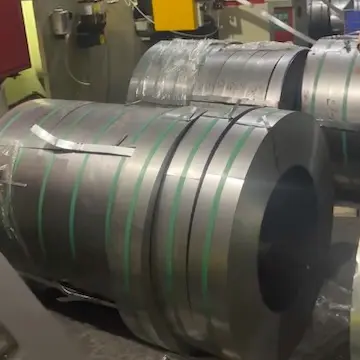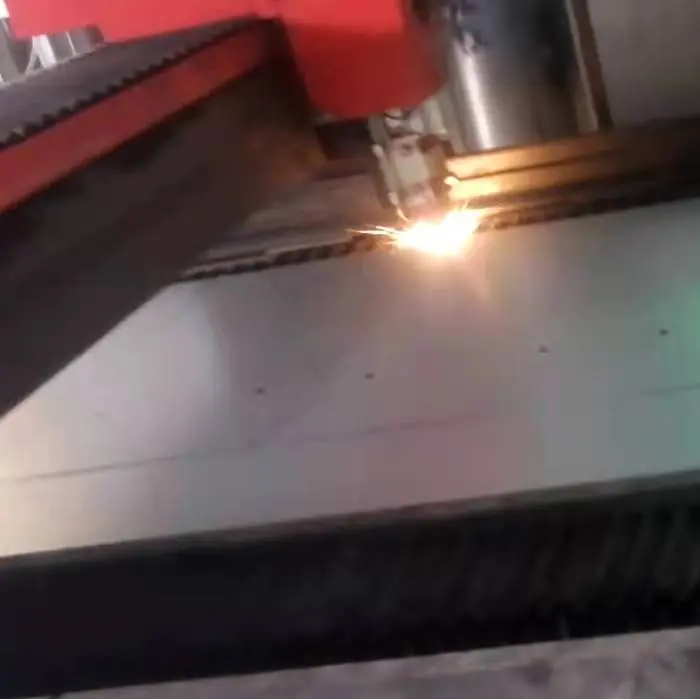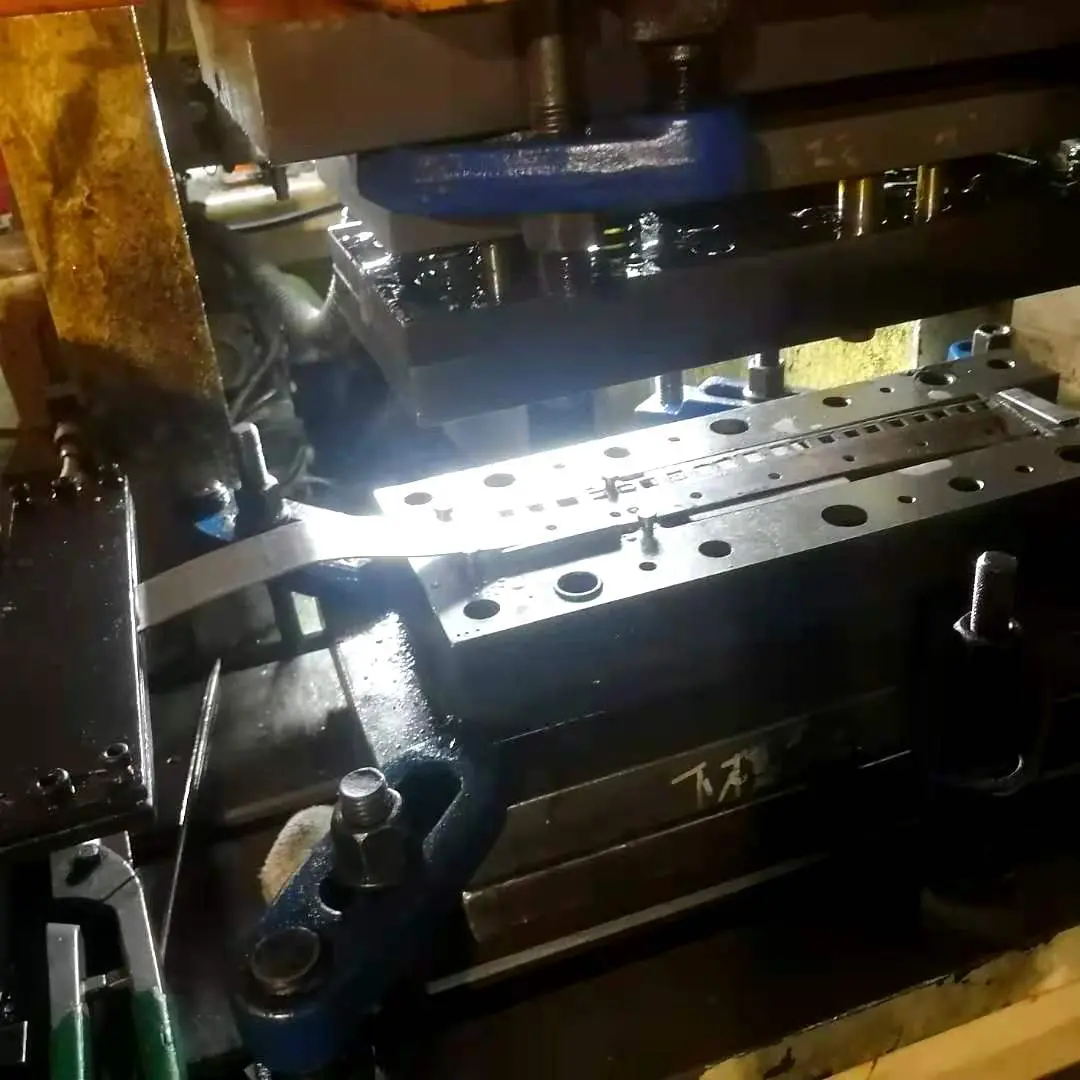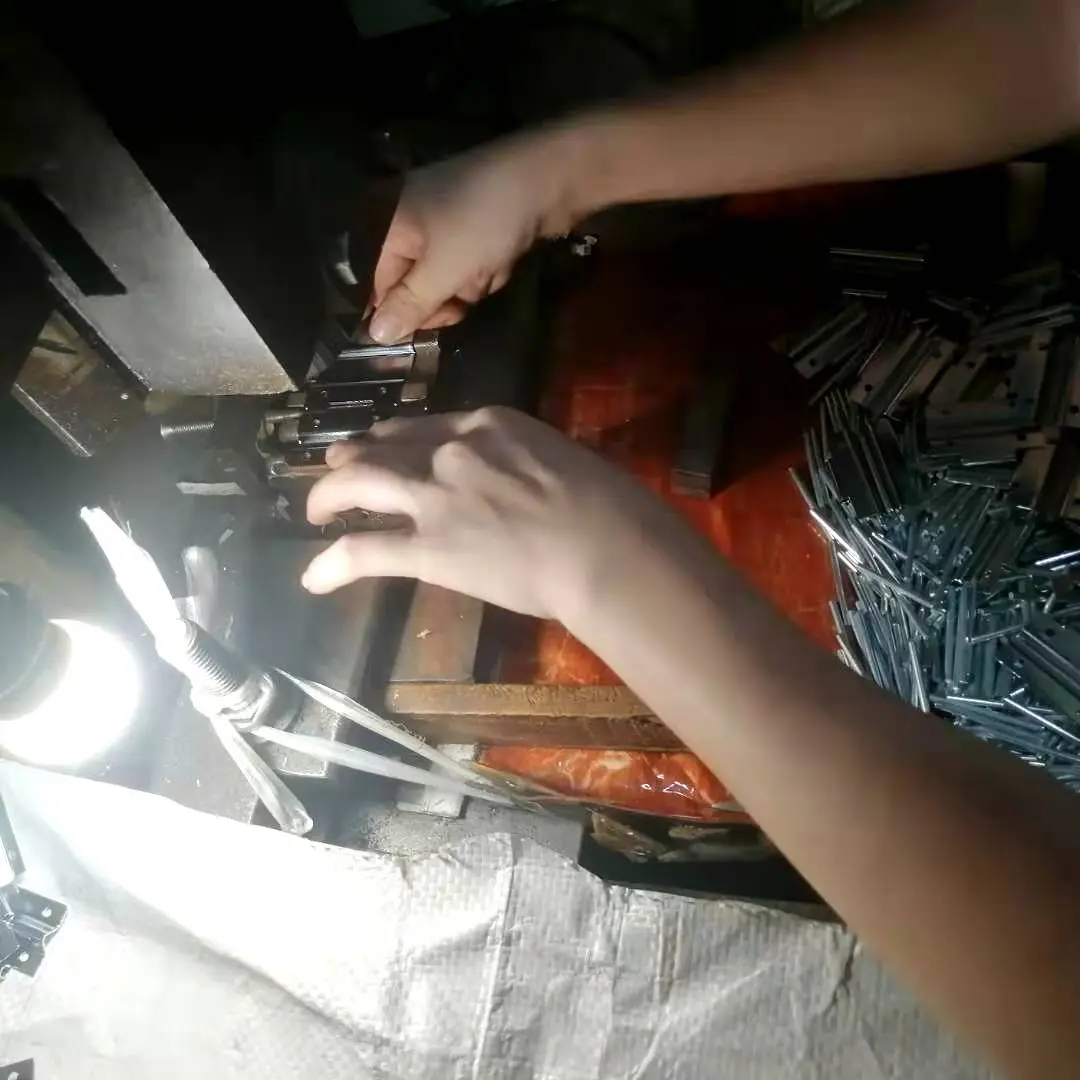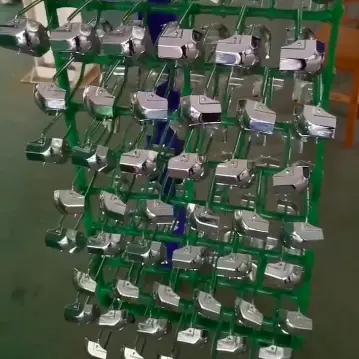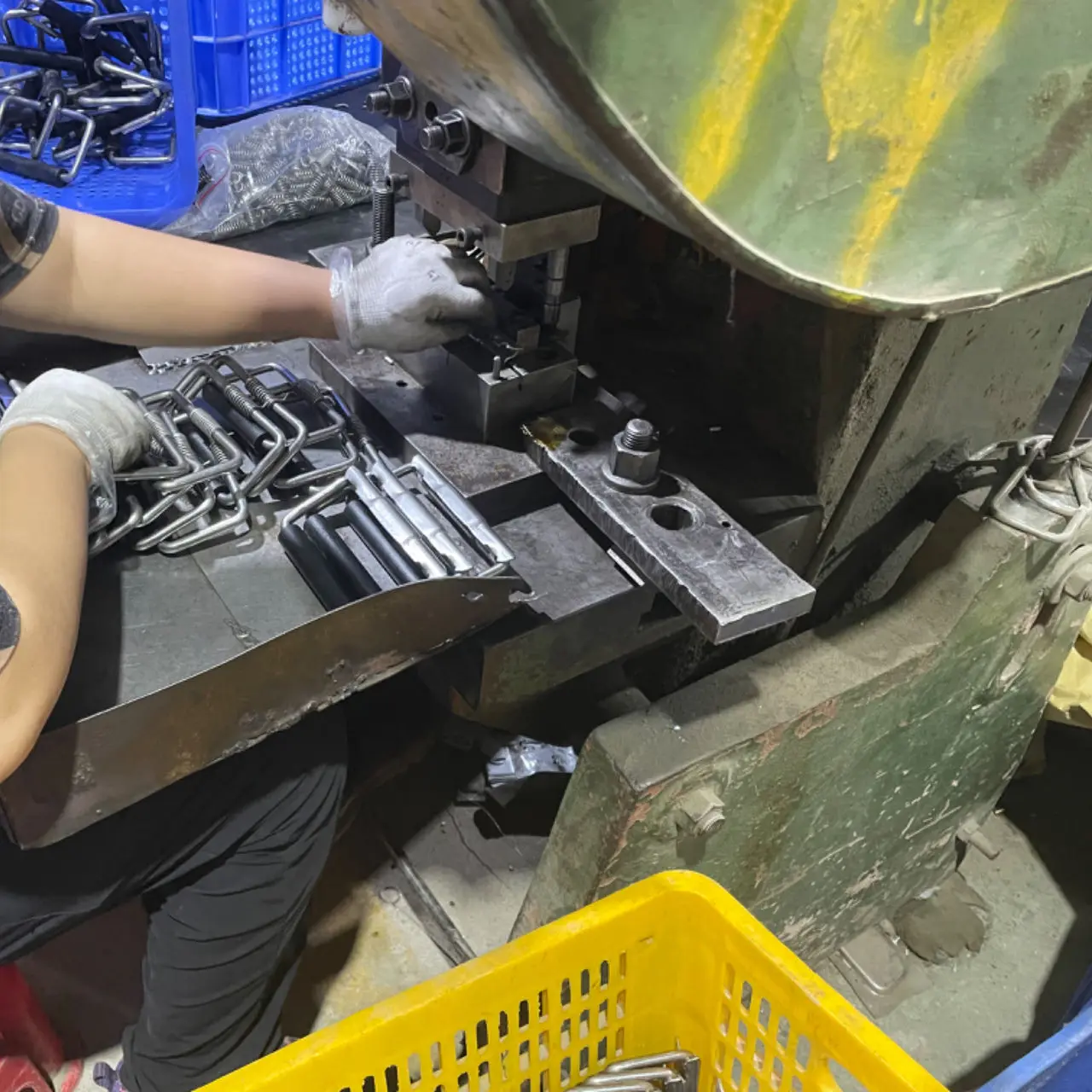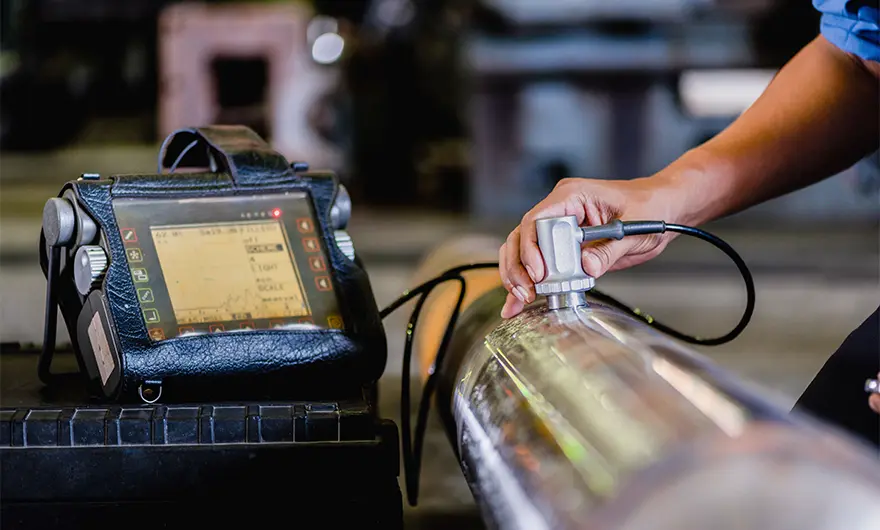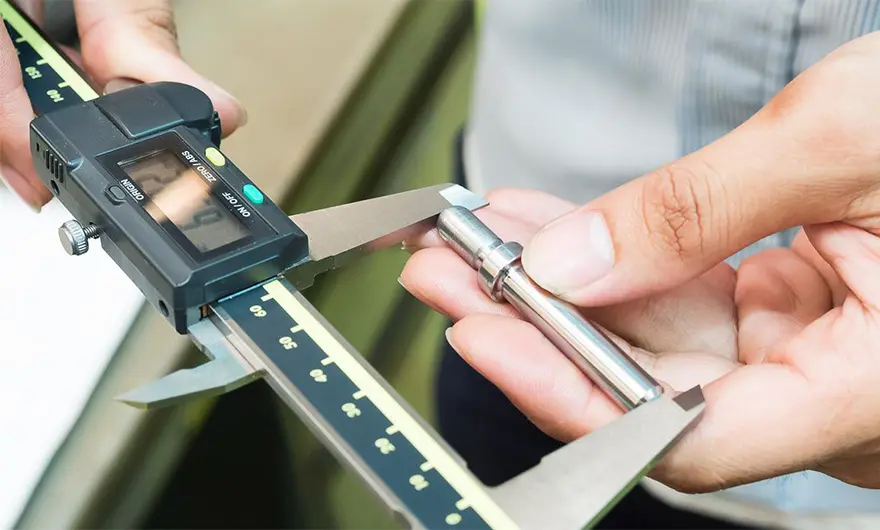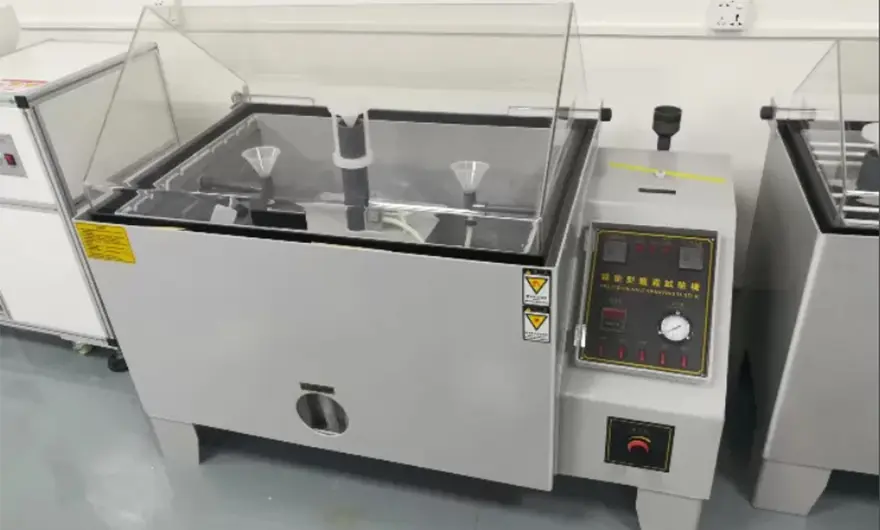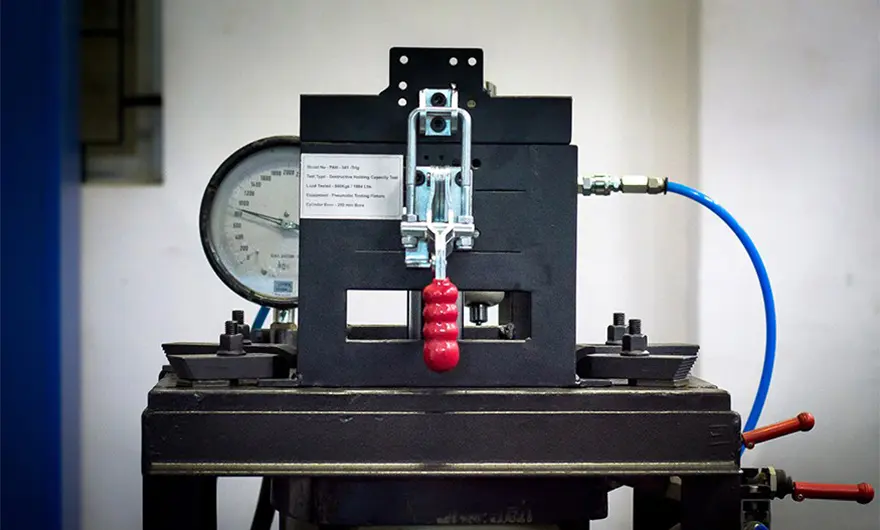0102030405
Quick Buckle Locking System for jewelry Box M414
|
Place of Origin |
Guangdong ,China |
|
MOQ |
Normally 1 carton or check with the sale |
|
Samples |
Available ; Sample fee and shipping cost will be on buyer |
|
Payment Method |
Down payment and balance before shipment |
|
T/T ; (wire transfer) ;L/C; Western union; Moneygram ; Paypal;credit card |
|
|
Lead time |
1 to 3 days for in products in stock Check with the sale for those not in stock |
|
Shipping time |
Express : 3 to 10 days Air mail : 7 to 15 days( depends on areas) Train transport : 20 to 45 days(( depends on areas)) Sea shipping : 7 to 65 days (( depends on areas)) |
This is a quick-release buckle lock, also commonly known as a jewelry box latch, case clasp, toggle clasp, or toggle hasp, among other names.
The mechanism of an M414 buckle can vary depending on the type and design of the buckle. Some common types of buckles include snap buckles, tongue buckles, ratchet buckles, and magnetic buckles. Each type may have its own unique mechanism for engagement, locking, adjustment, and release.
This buckle is used to secure the two parts of a case together by manually fastening it. It helps to keep the lid or cover of the case firmly attached to the base, ensuring the safety and protection of the contents inside.
About The mechanism of a buckle
A buckle is a mechanical fastener that secures two or more components together. The mechanism of a buckle typically involves the following steps:
1. Engagement: The two components to be fastened, such as a belt or strap, are inserted into the buckle. The buckle has one or more slots or openings that allow the components to pass through.
2. Locking: Once the components are inserted, the buckle is closed or locked to secure the connection. This is typically achieved by pressing or squeezing the buckle parts together. The locking mechanism may involve the interaction of teeth, hooks, or other geometric features that engage and hold the components in place.
3. Adjustment: Many buckles allow for adjustment of the fastening tension or length. This is often accomplished by sliding or manipulating parts of the buckle to change the position of the components. Adjustment mechanisms may include a slider, ratchet, or other devices that enable fine-tuning of the fit.
4. Release: To unlock or release the buckle, a specific action is required, such as pressing a button, pulling a lever, or rotating a part. This releases the locking mechanism and allows the components to be separated.

